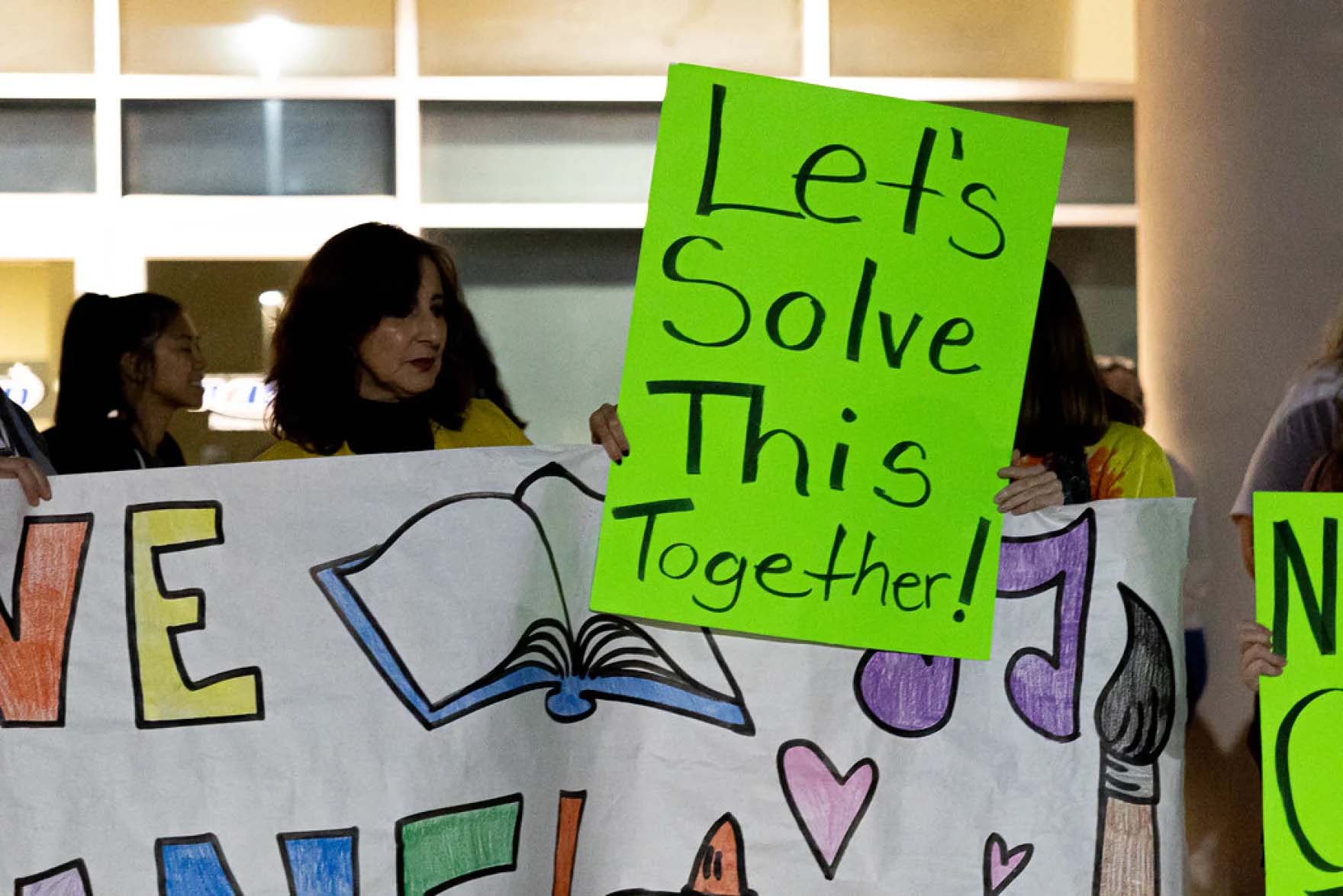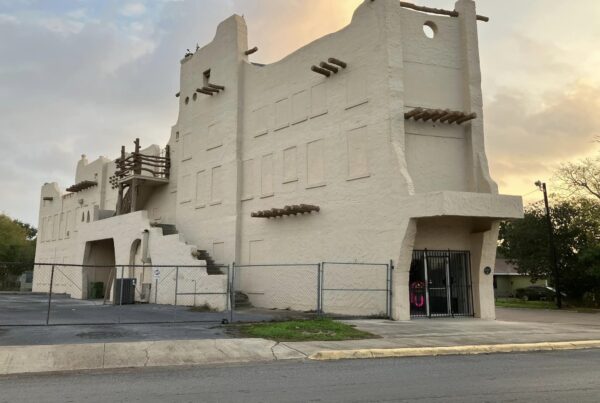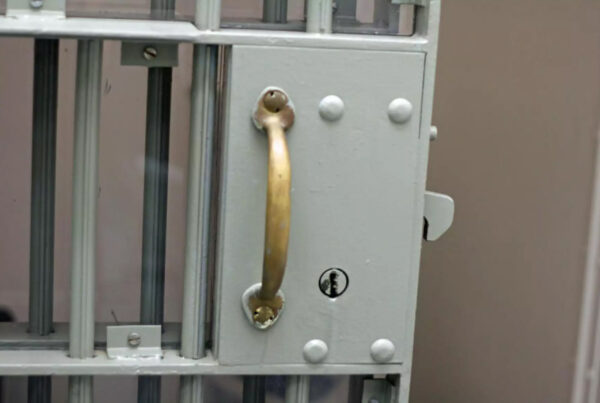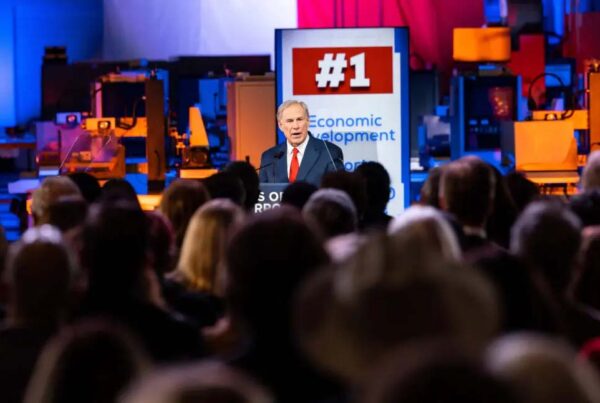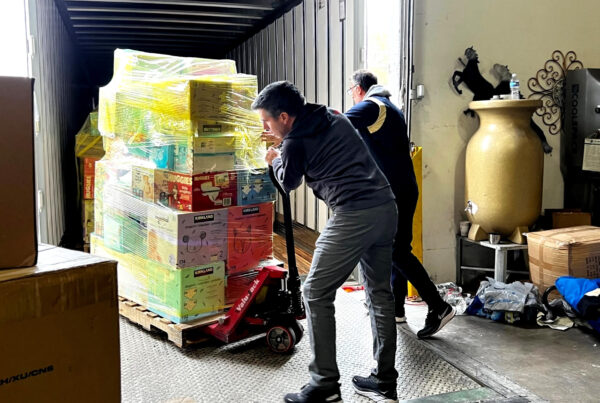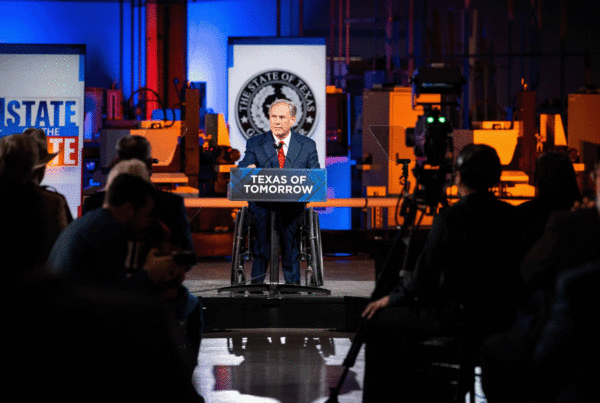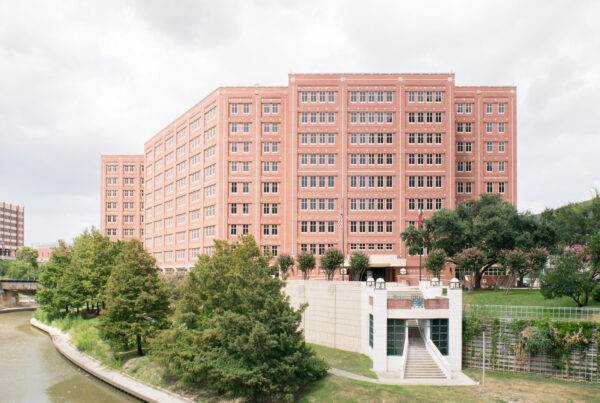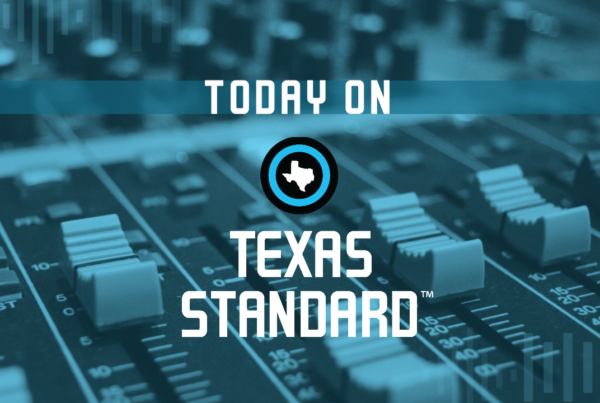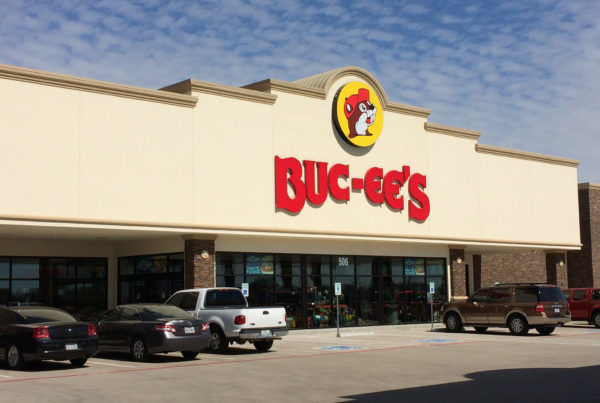From KUT:
Pflugerville ISD Superintendent Douglas Killian has been urging families to contact Texas lawmakers and demand more state funding for public education. During a board meeting in late January, he even walked people through how to contact state leaders, including Gov. Greg Abbott.
“You can contact this person. I will have this on the website. He’s pretty easy to contact on his social media,” Killian said.
His call to action comes as PfISD faces a multimillion-dollar budget deficit. The district is considering deep cuts to save money, including closing Dessau Elementary. Originally PfISD looked at closing two to three elementary schools, but teachers and families pushed back. They also raised questions about whether school closures were the most cost effective option.
Pflugerville ISD is not the only Texas school system looking at closing campuses. Wichita Falls ISD, roughly 300 miles north of the suburban Austin district, is downsizing. Its school board voted last November to close Lamar Elementary and Farris Early Childhood Center, which is one of the campuses used for the federal Head Start program that prepares kids 5 and younger for school. The district is turning another elementary school into an early learning center.
Declining enrollment
So, how did Pflugerville ISD and Wichita Falls ISD find themselves in this position? While each faces some unique challenges, both saw a significant decline in enrollment in the wake of the pandemic.
“We went from 14,000 students just two or three years ago to 13,200 and had kept the same amount of staff members,” Wichita Falls ISD Superintendent Donny Lee said.
That saddled the district with about a $9 million budget deficit. Lee said the district will save more than $1 million just by operating fewer buildings. He also expects to save on staff salaries because employees will be moved around to fill vacancies at other campuses.
“Usually we lose 15% of our staff each year and so it will just kind of gradually organically happen from that standpoint,” he said.
Lee said some of the district’s financial challenges stem from local issues such as lower birth rates and fewer job opportunities to attract young families.
“We don’t have an economic development plan that incentivizes young entrepreneurs or young couples to move to Wichita Falls to further their career,” he said.
But, Lee said, there are steps the Texas Legislature can take to help out public schools. One of those steps would be funding them based on enrollment rather than attendance. Texas is one of just a handful of states that largely funds public schools based on how often kids show up to class. When students don’t attend, districts lose money.
Killian has expressed support for enrollment-based funding. He has also repeatedly talked at PfISD school board meetings about the need to raise per-student funding. The minimum amount Texas must spend on each student is $6,160. The Legislature last adjusted this sum in 2019. Before that it was $5,140.
Raising per-student funding
State Rep. Donna Howard (D-Austin) has filed a bill to increase the basic allotment to $7,075 based on inflation. Her bill is a companion to one filed in the Texas Senate by Nathan Johnson (D-Dallas).
“That number we arrived at by looking at what would the amount be had we kept up with inflation over these past several years,” she said. “And then the second part of that is tying it to inflation moving forward on a rolling average kind of basis.”
Howard said the fact districts are looking at school closures shows lawmakers need to act.
“Whether it’s adjusting the way that we pay for our schools in terms of looking at enrollment versus attendance” or some other strategy, she said. “I think the main thing we need to make sure we do is to get more funding into the schools that is tied to inflation.”
School finance expert Chandra Villanueva said increasing the basic allotment would be a big help to districts.
“If we were to just increase that basic allotment and recognize the fact that the costs have gone up over the years and then adjust that annually, then our schools would be in a much better financial situation,” she said.
Increasing the basic allotment for inflation does come with a hefty price tag but Villanueva said the state can afford it, especially because it has a $33 billion budget surplus. And the budget is about choices.
“I think it would be probably close to $15 to $16 billion to get [the basic allotment] up that high, which is a choice again, because they put $15 billion into tax cuts without batting an eye.”
Currently, neither the House nor Senate budget proposal increases the basic allotment. In fact, the state’s Republican leadership is advocating for legislation that may result in less state funding for public education.
School choice
Gov. Abbott and Lt. Gov. Dan Patrick are intent on passing measures that would give families state money to send their kids to nonpublic schools. These types of programs are often referred to as “school choice.” Abbott has said this empowers parents to make decisions about what is best for their kids.
“This session, we’ll deliver education freedom to help every child in Texas succeed in and out of the classroom,” he tweeted a day ahead of his State of the State address Thursday.
Lee said vouchers and other school choice programs that divert tax dollars from public education will hurt districts like his.
“All that does is it’s going to help the students that are already able to afford private school,” he said. “And it’s going to further break apart communities.”
Howard is also worried vouchers would take away money from public schools.
“Taking money away from them is only going to make it more difficult for them to meet the needs of the students in their districts,” she said.
While school choice supporters argue it won’t hurt public school funding, The Texas Tribune reported this week that a high-ranking official at the Texas Education Agency admitted voucher programs could result in less funding for public education. The deputy commissioner was secretly recorded.
Villanueva said it’s important for Texas to adequately fund its public schools.
“When you divest in public education, it makes people not trust the system,” she said. “And then we move to privatization.”


